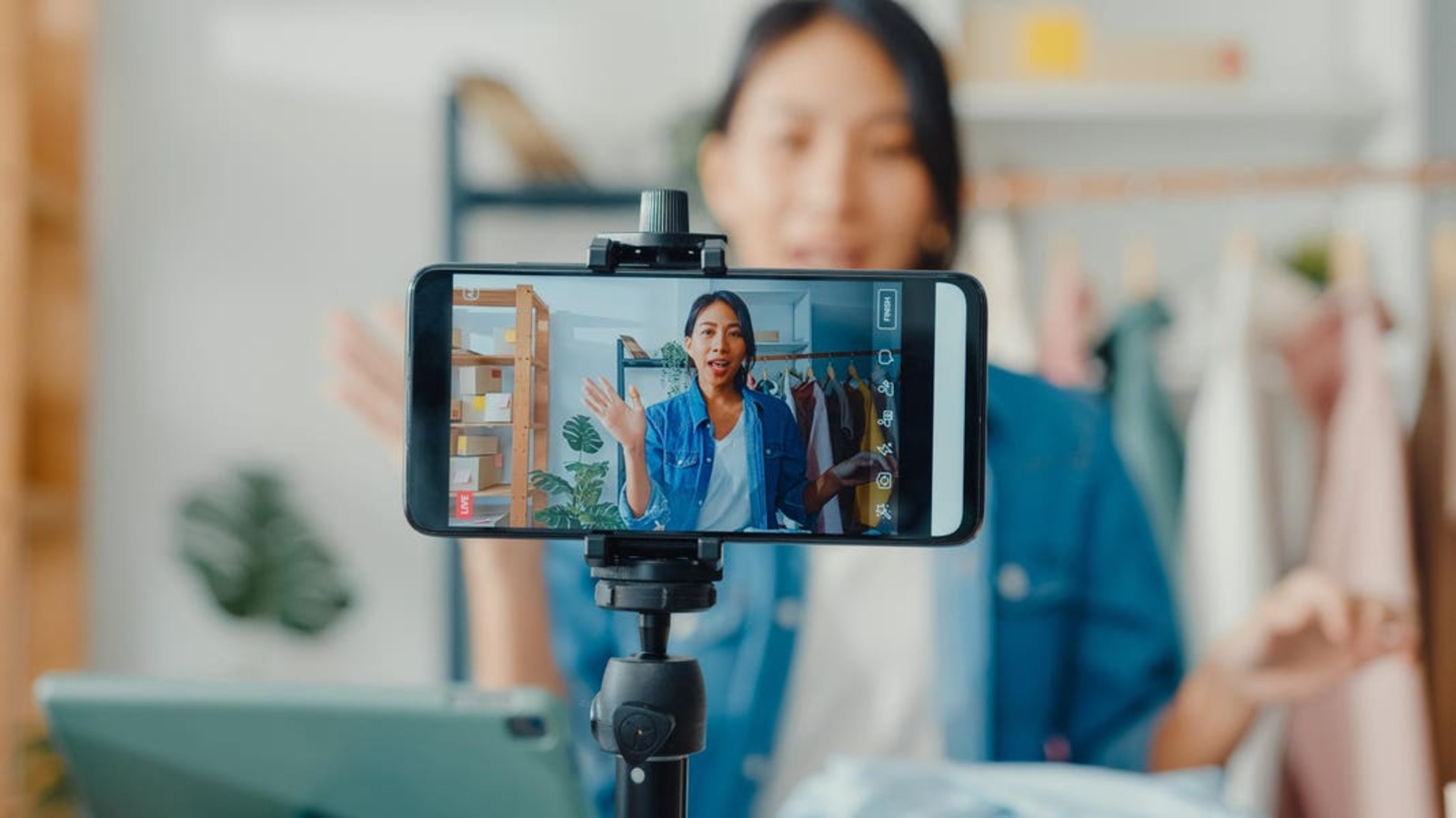Influencer Marketing: A Playbook For Small-Business Success
Nov 12, 2023

You’re probably already familiar with the term "influencer marketing," but you may not have tried it out in your own business. If you haven’t, you’re probably wondering, "Do people even pay attention to influencers?" A shocking 71% of consumers trust the opinions of influencers. Not to mention, influence marketing has a higher ROI than most other types of marketing, with an average of $5.20 per dollar spent. If you’re not using influencer marketing, your business is missing out and likely falling behind your competitors, as influencer marketing is on the rise.
Why use it in your small business?
The more people see your brand, the more comfortable they’ll become with it. Social proof builds trust. And when an influencer who has spent time building trust with their audience promotes a brand, those consumers listen. Not to mention, it takes time for influencers and brands to build an audience. By tapping into an influencer’s audience, you’re saving your company time in having to start from scratch.
Below, I’m going to break down the exact steps I used in my own business Strategic Advisor Board (SAB) when reaching out to influencers and creating campaigns.
1. Define your goal.
As with any marketing campaign, you need to first decide on a goal. There are many different goals that can be accomplished through influencer marketing. Some of them include brand awareness, lead generation, sales, increased social media following, user-generated content (UGC) and creating hype for a new product/service.
So, before you reach out to an influencer, have a clear goal in mind to discuss. This will highlight your preparedness and professionalism to the influencer. Another part of your goal needs to be choosing the correct target audience. Based on the audience you choose, you’ll work backward to see which influencer targets them.
2. Choose the right influencer.
I believe this is one of the most important parts of having a successful influencer marketing campaign. At my company, this was the longest part of our process, and it required a lot of research until we found influencers who matched our business.
Niche
Make sure the influencer matches the niche you’re looking to target and the aesthetic of your brand. If you’re a clean, modern, minimalist brand and try to work with an influencer whose aesthetic is edgy and maximalist and who has a raw approach to saying things as they are, the campaign may not go over well. In fact, you may even damage your brand. That’s why I suggest going onto your platform of choice and finding hashtags that could be related to your niche.
For example, if you’re a company that offers green cleaning products, you might search for #greenliving, #greencleaning, #organiccleaning or #organiccleaningproducts. You’ll want to use either Instagram or TikTok for influencer marketing, as 30% of marketers said they receive the biggest ROI when working with influencers on Instagram.
Size
Many businesses are now working with smaller influencers. While most people think it’s best to work with the influencer who has the biggest audience, there are downsides to this thought process. Most mega-influencers are celebrities, and working with them can be costly. You could pay as much as $45,000 for a single post! And other than being costly, their engagement may not be as high as if you work with smaller influencers.
To get the biggest bang for your buck as a small- to medium-sized business, I recommend working with nano-influencers, micro-influencers, mid-tier influencers and macro-influencers. But if you’re specifically looking for cost-effectiveness, work with nano- or micro-influencers. Nano-influencers will cost you the least at about $500 to $2,000, and their audience of 15,000 or less is usually for a particular niche. These followers are passionate about the niche and very engaged. Micro-influencers have between 15,000 and 75,000 followers and are the most popular tier to work with and will cost you between $2,000 and $8,000 per post. At SAB, we choose to work with both nano- and micro-influencers.
Values
Spend time researching influencers to determine if they have similar values. Are there causes or charities you both support? Do you both have a passion for social responsibility? Determine how closely they align with your brand’s mission statement and vision statement by taking a look at their content. Do they interact with their audience genuinely and authentically?
3. Be open and honest.
Tell your influencers exactly what you’re looking to achieve. Make sure you’re keeping lines of communication open between your business and the influencer throughout the campaign. By keeping everything open, you can make changes to the campaign faster.
I also recommend being open to the influencers’ ideas and creativity. They may have advice on the wording that should be used or visuals that would align better with their audience. They know their audience best, so make sure you keep an open mind and make it a collaborative process.
Be concise with your influencer, be open to their creativity, monitor metrics based on your initial goals and make changes from there. Follow these steps and you’ll be an expert in influencer marketing in no time.
Source: https://www.forbes.com/sites/forbesbusinesscouncil/2023/11/07/influencer-marketing-a-playbook-for-small-business-success/?sh=2f12ff2f4292
